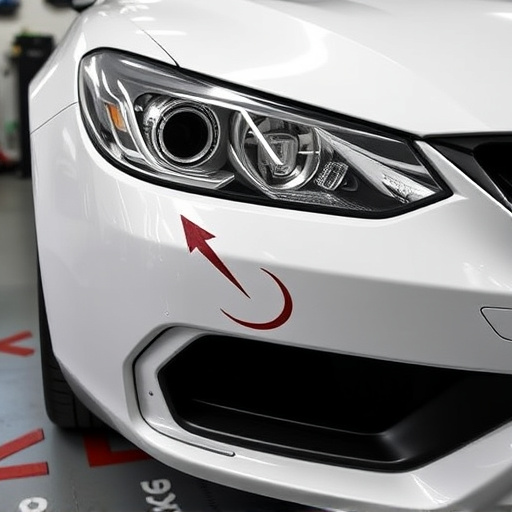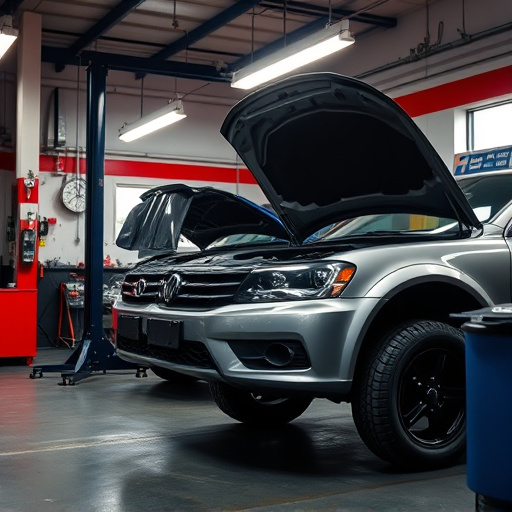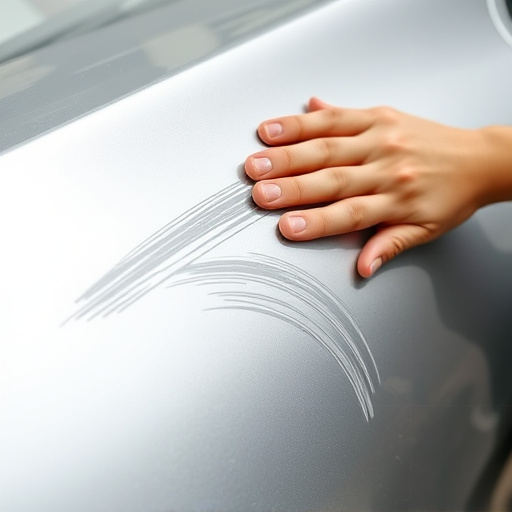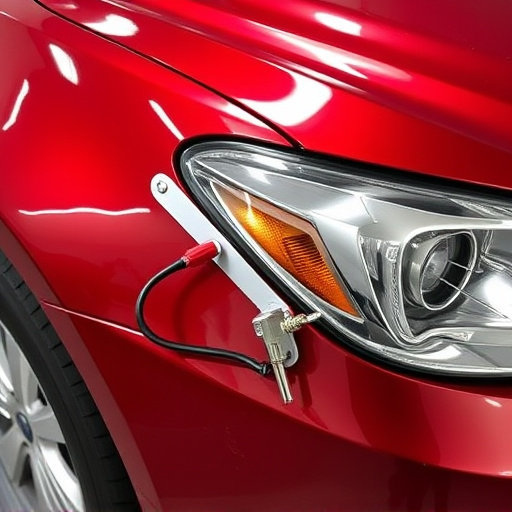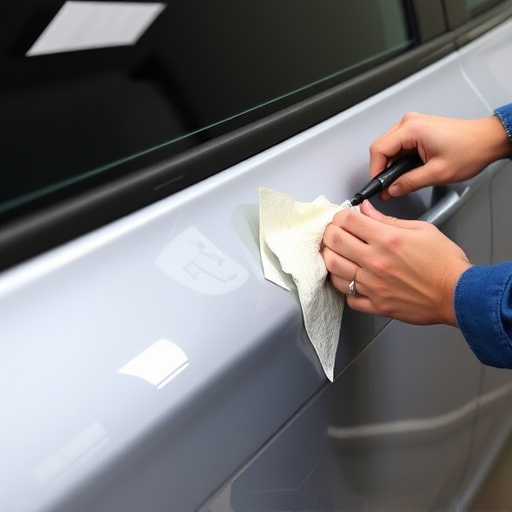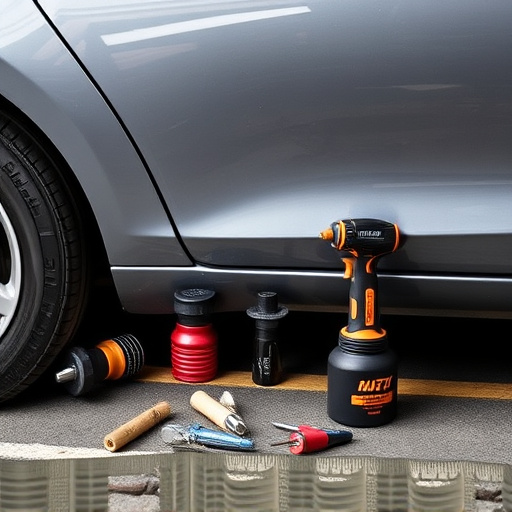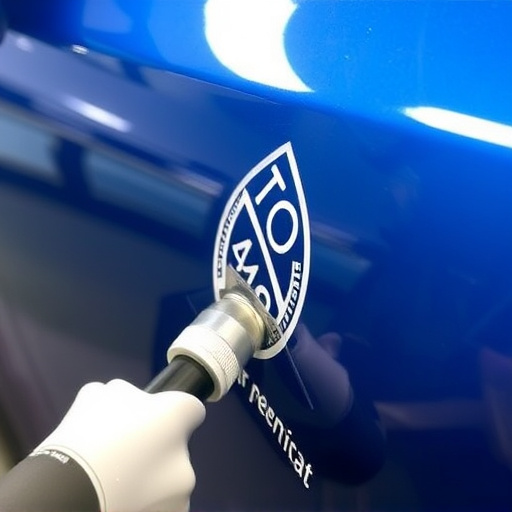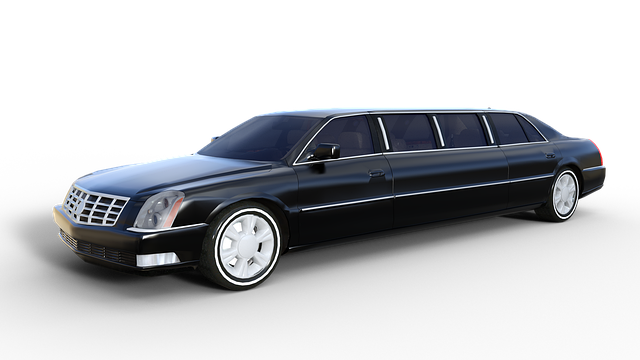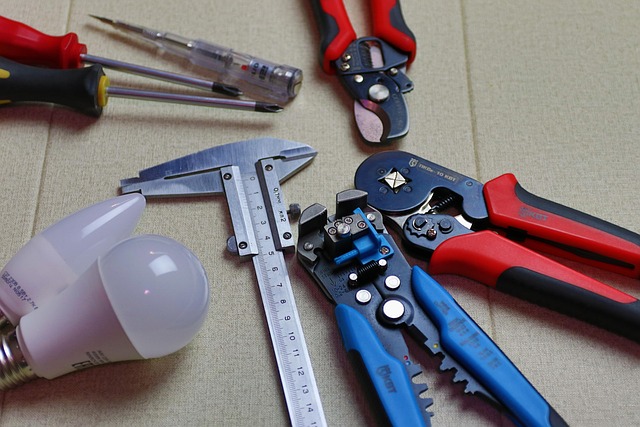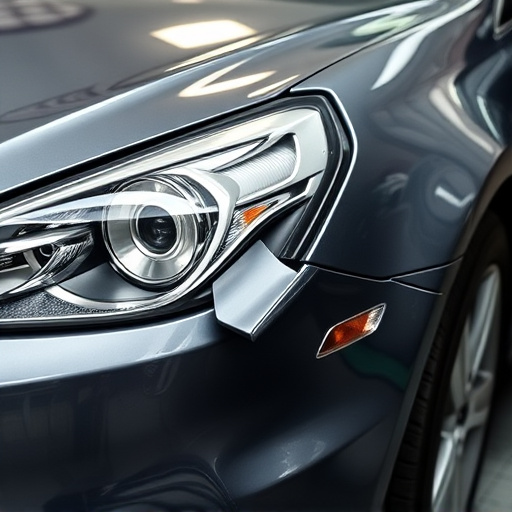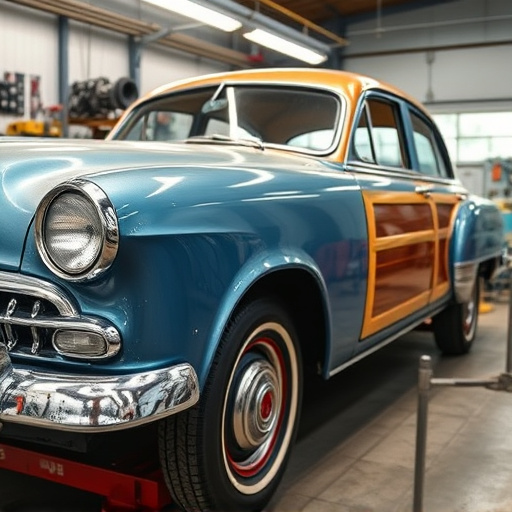Computerized frame measurement revolutionizes auto inspection and repair by providing detailed digital blueprints of vehicle structures, enabling precise detection of deviations or deformities crucial for safety and quality. This technology is vital for maintaining structural integrity, accuracy in tire services, and seamless bodywork repairs. By comparing actual dimensions with standards, technicians can identify issues, ensure consistent quality assurance, and restore vehicles to original specifications.
Unraveling the secrets of accurate structural analysis, this guide delves into the art of interpreting computerized frame measurement results. With advancements in technology, understanding these measurements is paramount for ensuring structural integrity. From basic concepts to advanced analytics, we break down the process. Learn to navigate through dimension and tolerance outcomes, identify deviations, and apply quality assurance metrics. By mastering these skills, you’ll gain insights into the digital landscape of frame analysis, enabling informed decision-making in construction and engineering projects.
- Understanding Computerized Frame Measurement Basics
- Interpreting Dimension and Tolerance Results
- Analyzing Deviation and Quality Assurance Metrics
Understanding Computerized Frame Measurement Basics
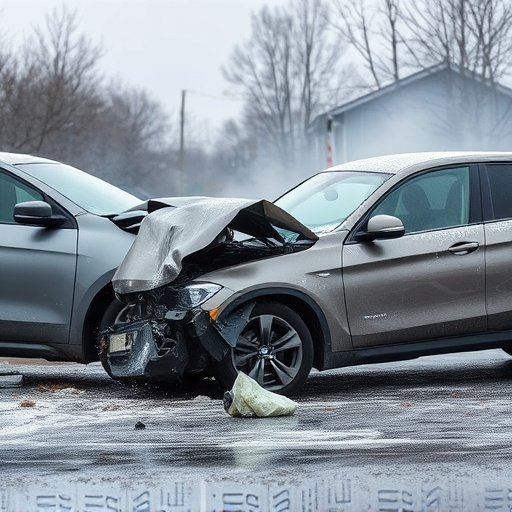
Computerized frame measurement is a process that utilizes advanced technology to accurately assess and record the dimensions and integrity of an vehicle’s structure. This modern approach to auto inspection offers several advantages over traditional manual methods. By employing specialized sensors and software, the system captures intricate data points, providing a comprehensive digital blueprint of the car’s frame. This data is then analyzed to identify any deviations from the original specifications, which can be crucial for ensuring safety and quality in car paint services or fender repair.
Understanding how this technology works is essential for anyone involved in auto maintenance or restoration. The computerized system scans the vehicle’s body panels, identifying key reference points to measure dimensions such as height, width, and angle. This meticulous process allows for precise detection of even minor deformities or misalignments, which may have gone unnoticed during manual inspections. With this information, technicians can make informed decisions regarding repairs, ensuring that every car paint service or fender repair is executed with precision and accuracy.
Interpreting Dimension and Tolerance Results
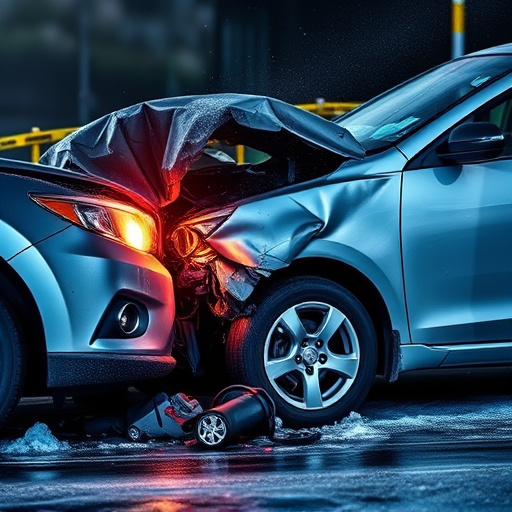
When interpreting computerized frame measurement results for car bodywork or tire services, understanding dimension and tolerance is key. These measurements provide critical data on the structural integrity and dimensional accuracy of various components. For instance, in a scratch repair scenario, precise dimensions ensure that the damaged area is corrected to factory standards, maintaining the vehicle’s overall stability and safety.
Tire services often rely on these measurements to ensure proper fitment and alignment. Tolerance results indicate how closely a component adheres to specified dimensions, helping technicians identify any deviations that could affect performance. In car bodywork, this means ensuring panels line up perfectly, creating a seamless finish. By carefully analyzing these results, professionals can address issues proactively, whether it’s adjusting for minor misalignments or performing more extensive repairs as needed.
Analyzing Deviation and Quality Assurance Metrics

When interpreting computerized frame measurement results, analyzing deviation is a critical step to ensure precision and quality. These measurements provide data on the dimensional accuracy of vehicle bodywork, which is crucial for both body shop services and automotive repair services. By comparing actual measurements with pre-set specifications or standard templates, technicians can identify discrepancies that may indicate damage, misalignment, or manufacturing defects. Deviation analysis allows professionals to pinpoint problem areas, enabling them to make informed decisions during the repair process.
Quality assurance metrics play a significant role in this evaluation process. Metrics such as tolerance limits and variation indices help maintain the integrity of measurements, ensuring consistent results across different vehicle bodywork assessments. These metrics are particularly important for maintaining high standards in automotive repair services, where even minor deviations can impact the safety and performance of vehicles. By regularly calibrating equipment and adopting rigorous quality control procedures, technicians can depend on computerized frame measurement data to deliver precise repairs and restore vehicles to their original specifications.
Computerized frame measurement is a powerful tool for ensuring precision in manufacturing. By understanding the basics, interpreting dimension and tolerance results, analyzing deviations, and leveraging quality assurance metrics, you can harness the full potential of this technology. These techniques enable accurate assessments, facilitating continuous improvement in production processes, ultimately leading to higher-quality products. Remember that effective interpretation of computerized frame measurement results is key to maintaining excellence in your workshop or factory floor.

